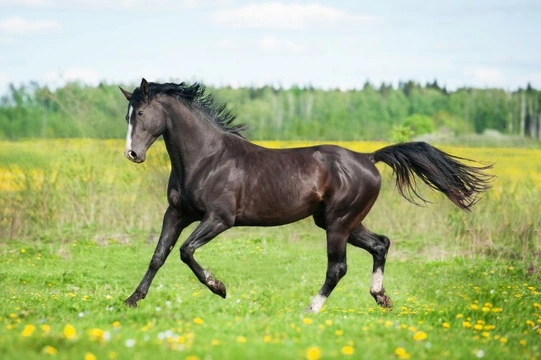
Spring Horse Care: Essential Tips for a Healthy Start
As spring arrives in the UK, it's time to shed those winter rugs and prep your horse for the brighter days ahead. Spring signals a fresh start, longer daylight hours, and the onset of the busy show and competition season. Ensuring your horse is fit, healthy, and happy requires thoughtful preparation across diet, healthcare, exercise, and stable management.
1. Start the Season Right with a Health Check
A positive start to spring sets the tone for the entire season. Horses in good condition at the outset are better poised to maintain fitness and cope with the season’s demands. Consult your vet for a full health check to catch any issues lingering from winter and update vaccinations, crucial for travel and show compliance.
2. Gradually Bring Your Horse Back Into Work
Reintroduce exercise slowly to avoid injury and mental burnout. Begin with light groundwork or hacking, progressively increasing intensity over weeks. This steady approach develops both physical fitness and mental readiness, helping your horse build strength without undue stress.
3. Provide a Well-Balanced Nutritious Diet
Quality feed tailored to your horse's current workload and condition is key. Spring grass is lush yet can cause digestive upsets if introduced too quickly. Supplement nutrition with high-quality forage and consider vitamin and mineral balance, especially if turnout time is limited. Remember to always adjust rations thoughtfully based on your horse’s changing needs.
4. Ensure Vaccinations Are Up to Date
Spring is ideal for reviewing your horse’s vaccination status. Core vaccines, including tetanus boosters, protect against seasonal risks. Without up-to-date vaccinations, horse participation in events could be restricted. Working with your vet to plan vaccinations ensures your horse stays safe and competition ready.
5. Thoughtful Stabling to Prevent Behavioural Issues
Increased stabling during training can trigger vices such as weaving or crib biting. Prevent boredom by maximising turnout time when not exercising, providing companionship, and enriching the stable environment safely. Daily mucking out is imperative to reduce ammonia buildup and maintain respiratory health.
6. Maintain Clean, Well-Ventilated Stables
Horses’ respiratory health relies heavily on their stable environment. Regular mucking out prevents harmful ammonia from gathering, which can cause coughing, infections, and lung damage. Good ventilation aids in reducing airborne irritants and promotes overall well-being.
7. Follow a Strategic Worming Programme
Spring is a critical time to manage worms. Conduct a faecal egg count to tailor worming treatments effectively and avoid resistance. Consult your vet for the wormer best suited to your horse’s needs, ensuring intestinal health is robust as grazing resumes.
8. Schedule an Equine Dental Check-Up
Dental health impacts your horse’s comfort and performance. Spring is a perfect time to have an equine dentist examine and float teeth if necessary, addressing sharp points or dental issues developed over winter. Biannual dental care supports efficient feeding and reduces pain-related behavioural problems.
9. Prioritise Hoof Care with Your Farrier
Winter weather can affect hoof condition, leading to sensitivity or thrush. Work with your farrier early in the season to trim, shoe, and monitor for signs of abscesses or infections. Healthy hooves support soundness and help your horse navigate muddy spring terrain comfortably.
10. Groom Regularly and Monitor Body Condition
As your horse sheds their winter coat, daily grooming removes loose hair and offers an opportunity to check skin health. Bathing can help clear winter grime and invigorate the coat. Monitor body condition regularly and adjust feed or workload to promote optimal fitness throughout the season.
By embracing these ten essential tips, you’ll foster a healthy transition into spring for your horse, supporting their physical wellbeing and mental happiness for a successful season ahead.
For those looking to find a horse for sale, always seek reputable sellers and ensure the horse’s health and temperament suit your needs for a rewarding partnership.



